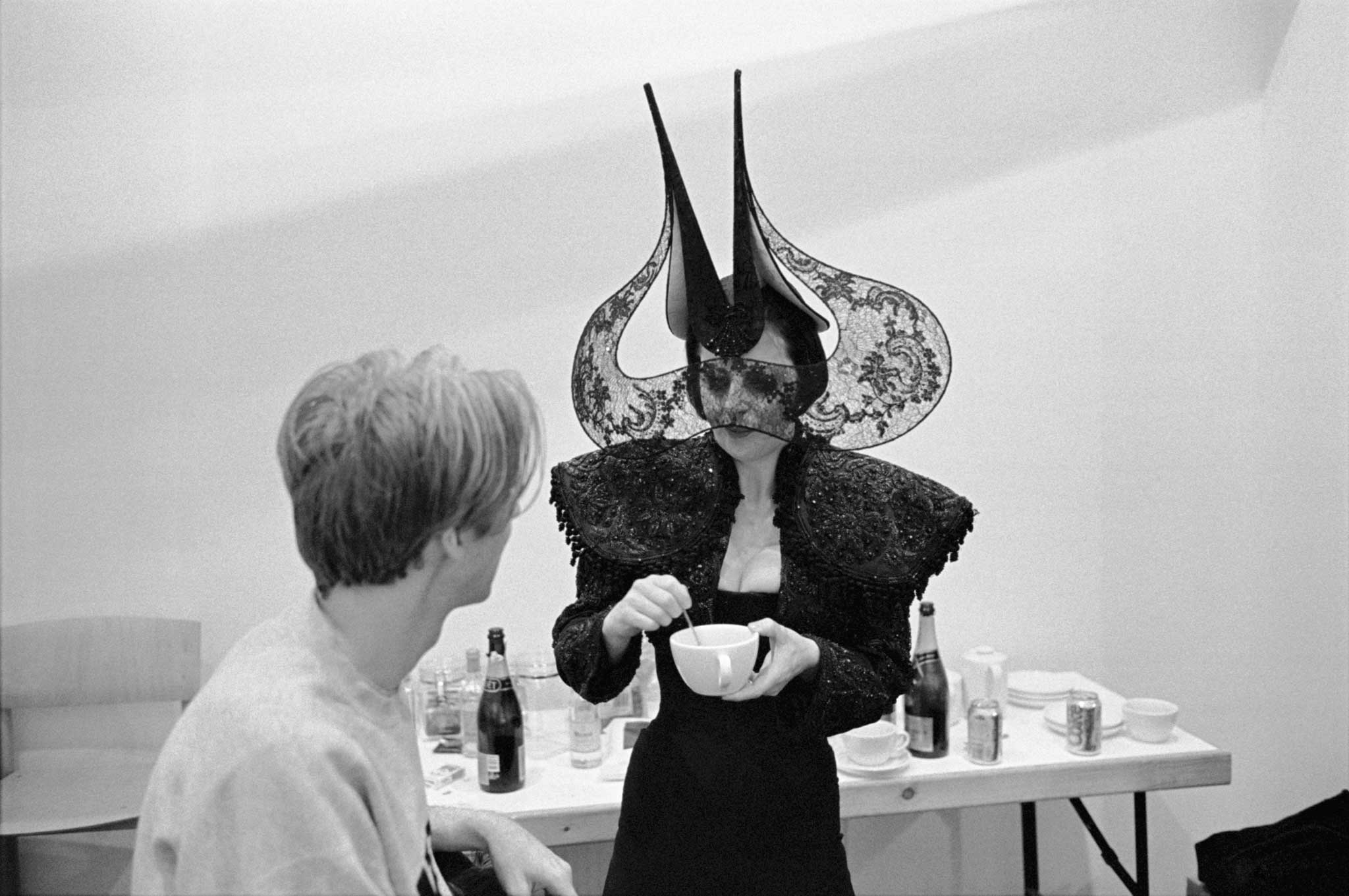These days, milliners aren't just for millionaires
Why has Debenhams hired a royal hat maker to do a high-street offering?

Your support helps us to tell the story
From reproductive rights to climate change to Big Tech, The Independent is on the ground when the story is developing. Whether it's investigating the financials of Elon Musk's pro-Trump PAC or producing our latest documentary, 'The A Word', which shines a light on the American women fighting for reproductive rights, we know how important it is to parse out the facts from the messaging.
At such a critical moment in US history, we need reporters on the ground. Your donation allows us to keep sending journalists to speak to both sides of the story.
The Independent is trusted by Americans across the entire political spectrum. And unlike many other quality news outlets, we choose not to lock Americans out of our reporting and analysis with paywalls. We believe quality journalism should be available to everyone, paid for by those who can afford it.
Your support makes all the difference.When I first met him back in about 1980, the distinguished Soho-based hatter Stephen Jones OBE was making a variety of toques, plumed berets and beaded caps for his friends.
And that was only the boys: as an ex-St Martins Blitz Kid (he left in 1979), those friends included Steve Strange; Marilyn the Man and Boy George. He subsequently hatted Princess Diana, Rihanna, Kate Moss, and so on. Now he is to do a high-street range in Debenhams. What does this mean?
By the 1980s practically no one under 60 in the real civilian world wore hats for anything except weddings, funerals or Ascot. Hats had been competition with hair and hair had won. Thirty years before that Brits of all classes and ages wore hats all the time.
The bowler hat parade in the City continued until well into the Sixties (The Avengers’ Steed wore one to the London Style show until 1968). In old newsreel footage, workmen really do pour out of factories in cloth caps. Housewives queue in hats and gloves outside shops where things are rationed. Respectable, covered up, proper and decent.
Some were class signifiers: the something-in-the-City bowlers, the extravagant Bond Street cartwheels in the Royal Enclosure. Others were as drab and generic as a woolly glove, and weren’t remotely amusing, ironic or self-consciously retro. Above all, they weren’t seen as art.
But Stephen Jones’ hats are what we used to call “creations”; extravagant, odd things for extravagant, odd people like Madonna or Lady Gaga. They’re worn in a parallel universe. How do you tone them down for the prices of Debenhams without losing the point, the sheer exuberant madness of them?
Perhaps Debenhams have detected a change in the national mood, five years after The Crash, and the recent realisation that Even Worse Times are just around the corner. They may see a sort of late 1970s or early 1980s escapist mood, a Let’s Keep Dancing dress-up urge. The culture Jones emerged from – the London trajectory that followed Glam to Punk to New Romantic, is up for canonisation in the V&A’s new blockbuster Bowie exhibition and Tate Liverpool’s current Glam exhibition.
After 25 years of High Design, all sorts of oddly class-ist retro pastiche themes are re-emerging at a mass level. They go from Downton and Mr Selfridge on TV, to the brilliant period re-creations of Jeremy King and Chris Corbin’s new London restaurants Zedel (Big Band Deco) Colbert (1920s Paris) and the Delaunay (Mittel-European). A new play about Isabella Blow, style-editor and mad hat wearer, is coming later this year from Tim Fountain.
Millinery, hitherto marginalised by the great sweep of social history, is, according to Jones, “the most exciting thing to do – the cherry on the cake. It’s a crucially important symbol, signifying status, power and glamour.” But beanies and balaclavas are better for rioting in.
Join our commenting forum
Join thought-provoking conversations, follow other Independent readers and see their replies
Comments